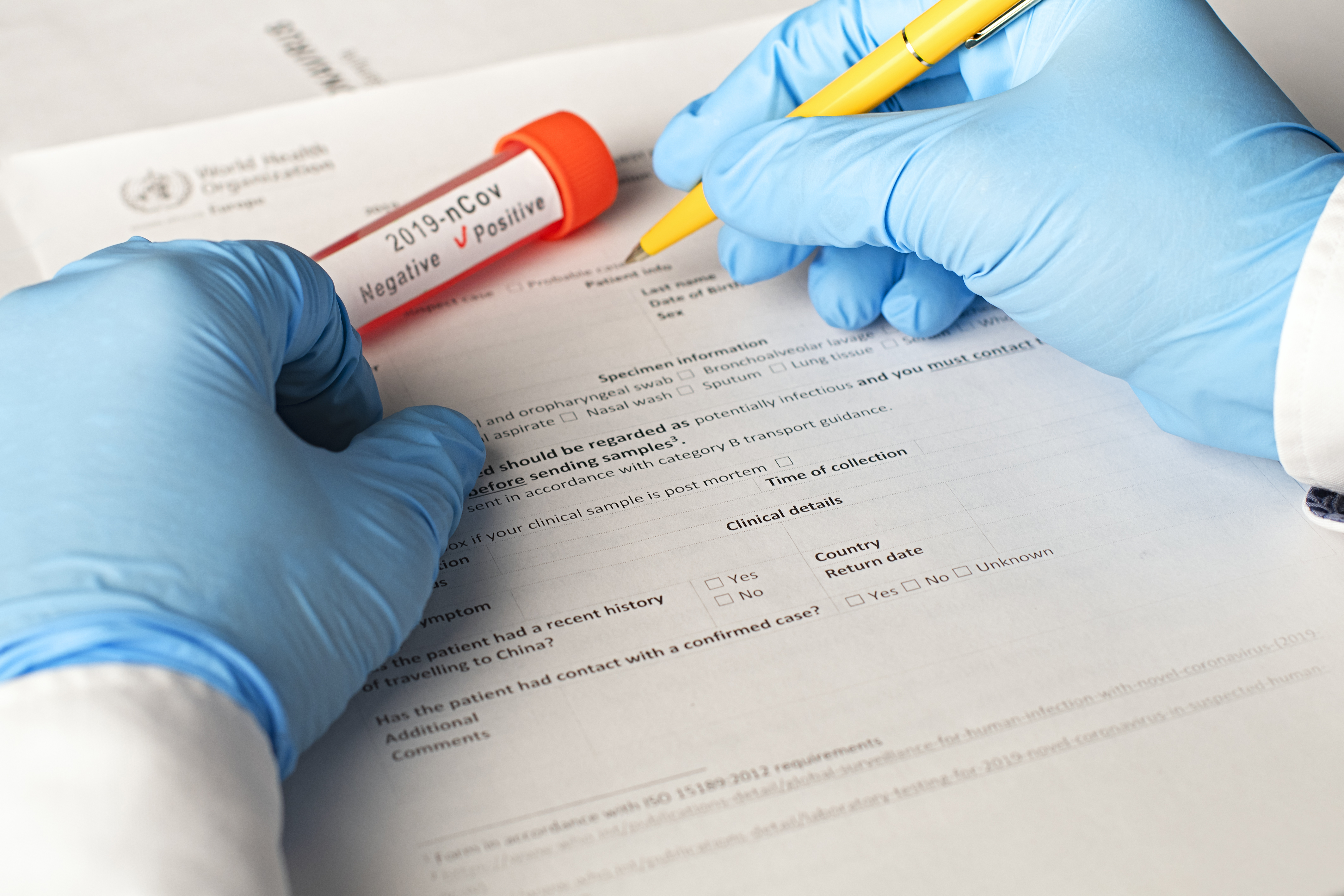Rapid advancement in drug discovery process is leading to a number of potential new drug candidates having excellent drug efficacy but limited aqueous solubility. By virtue of the submicron particle size and distinct physicochemical properties, nanosuspension has the potential ability to tackle many formulation and drug delivery issues typically associated with poorly water and lipid soluble drugs. Conventional size reduction equipment such as media mill and high-pressure homogenizers and formulation approaches such as precipitation, emulsion-solvent evaporation, solvent diffusion and microemulsion techniques can be successfully implemented to prepare and scale-up nanosuspensions. Maintaining the stability in solution as well as in solid state, resuspendability without aggregation are the key factors to be considered for the successful production and scale-up of nanosuspensions. Due to the considerable enhancement of bioavailability, adaptability for surface modification and mucoadhesion for drug targeting have significantly expanded the scope of this novel formulation strategy. The application of nanosuspensions in different drug delivery systems such as oral, ocular, brain, topical, buccal, nasal and transdermal routes are currently undergoing extensive research. Oral drug delivery of nanosuspension with receptor mediated endocytosis has the promising ability to resolve most permeability limited absorption and hepatic first-pass metabolism related issues adversely affecting bioavailability. Advancement of enabling technologies such as nanosuspension can solve many formulation challenges currently faced among protein and peptide-based pharmaceuticals.

 Euro
Euro
 British Pound
British Pound
 US Dollar
US Dollar
